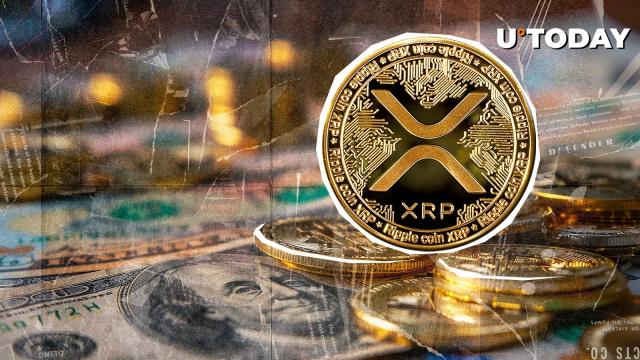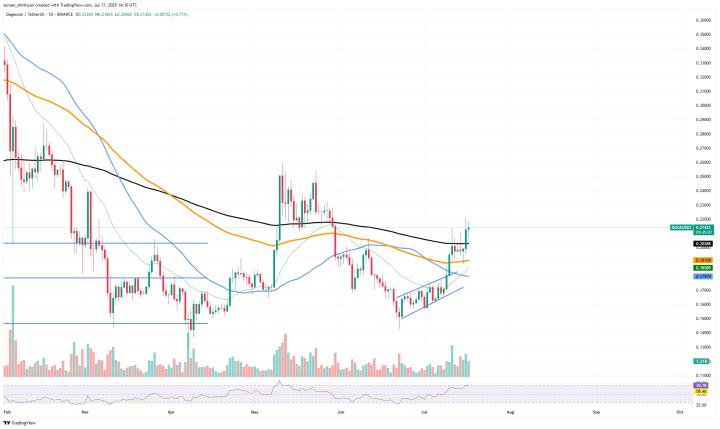The head of the Federal Reserve Board, Mr. Waller, affirms that Stablecoin creates competitive momentum for the payment system but does not threaten financial security.
In his statement on July 18, Mr. Waller emphasized that Stablecoin contributes to promoting payment innovation without causing serious risks to the current financial system stability.
- Stablecoin increases competition in the traditional payment system.
- The Fed's perspective does not view Stablecoin as a financial threat.
- Assessment based on the official statement by Mr. Waller, a member of the Fed Board of Directors.
What is Stablecoin and its role in the current payment system?
Mr. Waller, a member of the Fed Board of Directors, believes that Stablecoin plays a role in promoting healthy competition in payments. This means Stablecoin helps diversify user choices and improve financial transaction efficiency.
Stablecoin is a cryptocurrency designed to maintain stable value, typically pegged to a fiat currency like USD. Thanks to this stability, Stablecoin supports quick cross-border payment and money transfer transactions.
Why does the Fed not view Stablecoin as a risk to national finance?
Based on the official statement in the July 18 meeting, Mr. Waller believes that although Stablecoin affects the payment market, they do not pose significant risks to national financial stability.
This perspective is supported by many financial experts as Stablecoin is closely controlled and complies with current regulations, minimizing the possibility of strong volatility or system incidents that could affect the larger economy.
Stablecoin encourage innovation and provide competitive pressures in payments, yet, they do not pose a systemic risk to the financial system at present.
Christopher Waller, Member of the Federal Reserve Board of Directors, 18/07/2024
Challenges and opportunities that Stablecoin brings to the global payment system?
Mr. Waller affirms that Stablecoin provides opportunities to expand instant payment capabilities, low costs, and increase transparency. However, risk management and ensuring legal compliance remain important tasks for regulators.
For example, current Stablecoins like USDC, USDT have contributed to increasing liquidation and supporting more efficient international payments, especially in the context of increasingly strict financial regulations.
Frequently Asked Questions
1. What is Stablecoin and why is it important?
Stablecoin is a cryptocurrency that maintains stable value, helping with quick payments, cost savings, and facilitating cross-border transactions.
2. Does the Fed have concerns about Stablecoin's risk?
Mr. Waller from the Fed says that currently, Stablecoin is not considered a serious risk to financial stability, especially when properly managed.
3. How do Stablecoins affect the traditional payment system?
They increase competition, promote technological innovation, and diversify payment service choices for users.
4. How to manage risks related to Stablecoin?
Transparent regulations, strict control, and close monitoring of Stablecoin issuance and transaction activities are needed.
5. What example shows Stablecoin's positive impact?
Stablecoins like USDC have improved liquidation and international transaction speed, contributing to payment system innovation.







